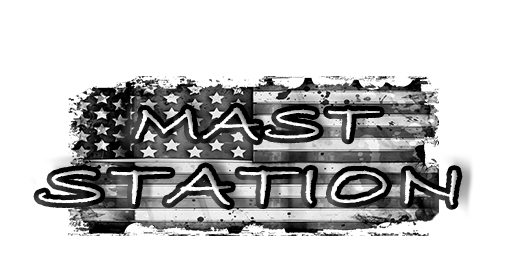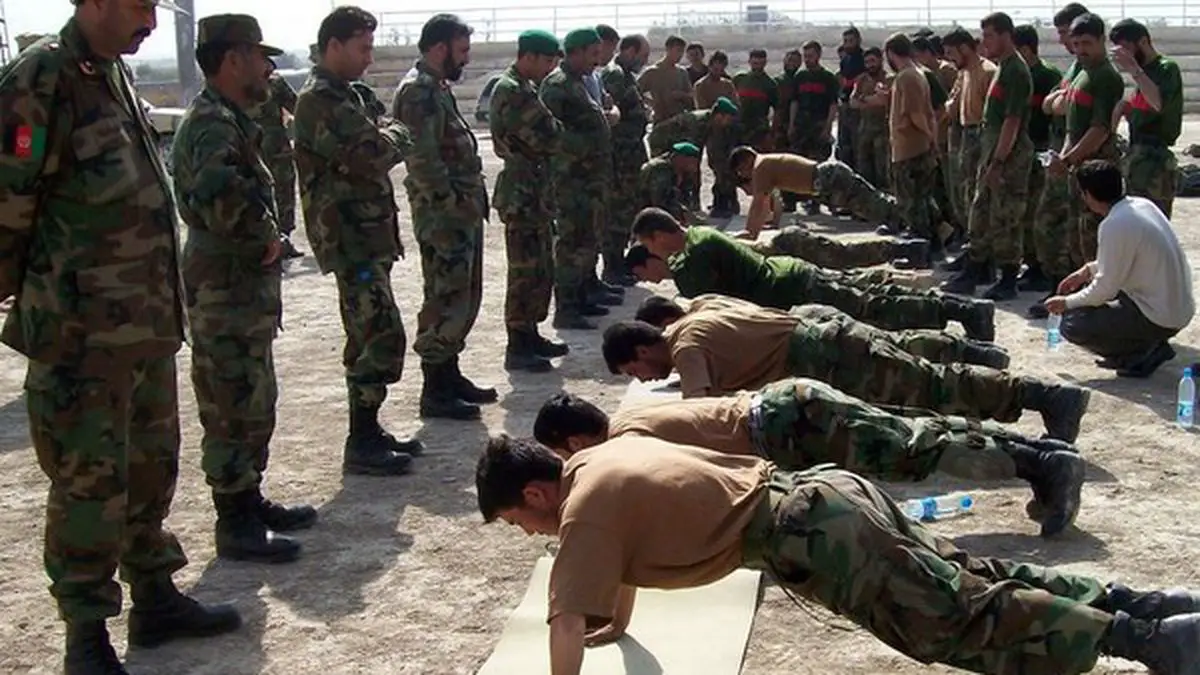Is Army Basic Training Hard? A Soldier Tells His Story
The first thing people ask you when you come home from Army basic training (or BCT for short) is:
“So..how hard was it?”
Like most things in life, it is a matter of opinion, but most people will honestly say it was pretty hard.
With the exception of the few boastful who will write off the experience as “easy,” which it goes without saying that they’re lying.
In Army basic training, you find yourself in situations you would never have imagined you would be able to get through, but then you get through it.
There isn’t any feeling better than when you accomplish something that you thought you couldn’t accomplish going into it.
As someone who went through Army basic training, 4 years of active duty, and a deployment to Afghanistan I would like to breakdown Army basic training in an honest way.
Minus the bravado and machismo, here is my take on Army basic training.
A Brief Overview Of Army Basic Training
Army basic training is the 10-week initiation process of the United States Army.
Once you have been recruited and processed through your local Military Entrance Processing Station (or MEPS, for short), you will have a report date to ship to Army basic training.
Your recruiter will give you a packing list and you will report to the recruiting station with your luggage.

Once you’ve reported to your recruiters they will bring you to your regional airport and you will fly towards the base you will be training at.
There are 4 Army basic training locations in the United States:
- Fort Benning: Columbus Georgia
- Fort Jackson: Columbia, South Carolina
- Fort Leonard Wood: St. Robert, Missouri
- Fort Sill: Lawton, Oklahoma

The flights are commercial flights and you will be flying to the airport nearest the base of training.
I served as an Artilleryman and like most of us “Fisters” and “Gun Bunnies” I was sent to Fort SIll, Oklahoma for both Army basic training and Advanced Individual Training.
When I landed at Oklahoma City International Airport I was directed to report to the reception office that was located in the airport itself.
There we waited as dozens of other recruits arrived. By the early evening, all of the recruits scheduled to arrive had reported and we were placed on buses heading towards Fort Sill.

Everyone has their moment of anxiety when they realize that this is actually happening and there is no going back now.
Mine was when the buses pulled up to the imposing gate of Fort Sill and the Military Police boarded to verify our identities and check us into the base.

It took a while for the MPs to verify our identities and the sun had set.
I sat there in the comfortable bus seat thinking about how in a matter of minutes I would not experience said comfort for the foreseeable future.
The buses started to move again and we arrived at the reception area of the base. The drill sergeants mounted the bus and escorted us to a briefing room.

We sat in the chilly room as they presented us with various documents and a PowerPoint explaining what was expected of us and what we could expect from our time in Army basic training.
After the brief, we began the arduous process of reception, which included things like:
- Gear issue
- Boot measuring
- Uniform fittings
- Barracks assignment

Related Article – Army vs. Air Force
At your reception battalion, you will learn the basics of drill and ceremony, rank structures, uniformity, and other basic soldiering skills that will prep you for Army basic training.
Reception is also a lot of paperwork, a lot of medical exams, and vaccinations, and it is where you get that infamous buzz cut that all recruits receive.

If you show up to Army basic training with a shaved head, they will still shave your head regardless. Save your time and money and don’t cut your hair before you ship.
Once the in-processing is complete, the reception battalion will hold a formation ceremony to transfer command of the recruits to the BCT training battalion.
Upon completion of the ceremony, you move to the training area of the base and are officially in the shark tank.
The 3 Phases Of Army Basic Training
BCT is broken up into three different phases:
Phase 1: Red
Phase 2: White
Phase 3: Blue
Army Basic Training Red Phase
The Red-Phase is the starting phase and is typically considered the hardest part of the training.
The entire phase, which is 3 weeks long, is devoted to constant calisthenic exercise and you will be spending much of your time in the push-up position.

The drill sergeants will train you on how to march and be a part of a formation, the importance of teamwork, run you through obstacle courses, and team challenges, and you will do the intense events like rappelling and zip-lining.
There’s also gas chamber training, which is about as fun as it sounds.

Army Basic Training White Phase
The white phase, which is also 3 weeks long, comes after the completion of the Red Phase and focuses almost entirely on rifling and weapons training.
You will be expected to qualify and become a marksman of the M4 carbine as it is the standard weapon of the US Army soldier, as well as the M249 squad automatic weapon, the M240B crew serve machine gun, the M2 mounted machine gun, and the M67 fragmentation grenade.

The weapon systems are imposing but after weeks of continuous training on them you will become not only comfortable with them, but proficient.
Army Basic Training Blue Phase
Finally comes the Blue Phase, which is where all your training culminates into a series of field training exercises that simulate deployment conditions and tasks.
Operating out of forwarding operating bases you will training clearing rooms in prop towns, conducting land navigation lanes, moving as a platoon and squad across the terrain, moving while under live fire, convoy operations, and much more.

This is where most recruits have the most fun as you are finally doing what they do in the commercials.
You’ll also be required to complete the APFT and meet the basic standards, including height and weight standards.
Upon completion of the Blue Phase, you will officially be a soldier in the US Army after the initiation ceremony conducted by your training company.

The final days of Army basic training are spent turning in your training gear, prepping for your next training cycle at Advanced Individual Training, and spending time with family that has been invited for the graduation ceremony and a tour of the training you endured.
Summary
While Army basic training is hard, it is always something you will look back on with pride and remember the fun you had, even when it wasn’t very fun at the time.
So if you asked me “How hard was it?” I would say it was challenging, at the time it was terrible, but if I could go back in time I would definitely do it again.


